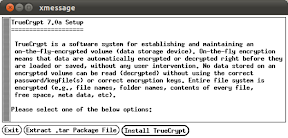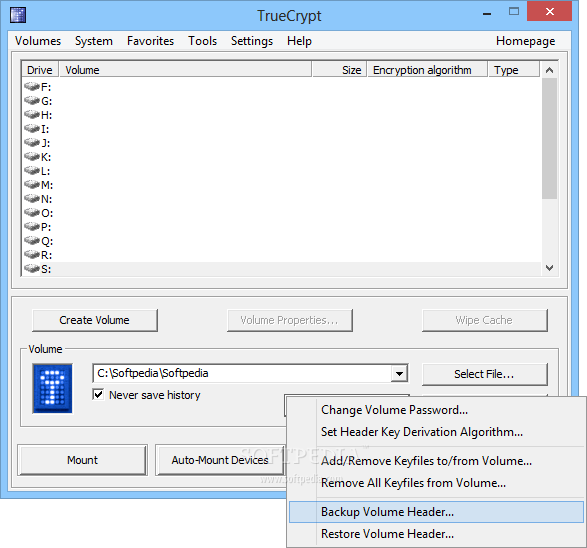
Now you can mount the device with the following command: sudo mount /dev/mapper/windows /path/to/mount/point part_uuid - aaaaaaaa-1111-bbbb-2222-cccccccccccc (find PARTUUID with sudo blkid | grep BitLocker).So you may replace the path to the key file with - or none. If a keyfile is not specified, systemd-cryptsetup(8) will automatically try to load it from /etc/cryptsetup-keys.d/name.key and /run/cryptsetup-keys.d/name.key ( Source).

To open the device at boot time, add the following to /etc/crypttab: PARTUUID= /etc/cryptsetup-keys.d/.key bitlk To open the device with a key file, use: sudo cryptsetup open -type=bitlk -key-file=/etc/cryptsetup-keys.d/.key To open a BitLocker device with a password, use: sudo cryptsetup open -type=bitlk Good luck!ĬryptSetup has added experimental support for BitLocker as of version 2.3.0 (February 2020), which is available in Ubuntu's repos for 20.10 Groovy onwards, although support will likely improve in later versions. You should now see your files in a mounted drive of the file manager.īackups are fairly slow, but it might save some trouble if you do end up reinstalling windows.mount -o loop dislocker-file /media/mount.change dir to /media/windows (use sudo -i if you can't access it).identify the partition which is bitlocked.change directory to the dislocker/src folder.
#LINUX TRUECRYPT INSTALL#

Boot the problematic machine with the USB stick.Start LiLi and have it download a lightweight ubuntu image.Download and install LiLi on an other Windows machine ( Linux Live USB Creator).
#LINUX TRUECRYPT PASSWORD#
In order to do this, you need a bitlocker recovery password (8 groups of digits) and the ability to boot your system from USB. My problem was that I could not boot Windows, and I needed a way to access my files on a Bitlocked partition. I thought I would describe the steps I took while my backup is running :) I'm fairly unexperienced with Unix, so it cost a few hours to figure it out. I mount encrypted container only in virtualized desktop with Toolwiz TF so theoretically there shouldn't be logical traces, tho there'll be physical traces on disk.Thanks to Aorimn, his solution worked for me. So things depends on your threat modeling, and there's no such thing as almighty security in this universe. But my modeling don't consider state-sponsored actor or such advanced attacker who can even have physical access, and I guess many people here take those threats as more real thus will be more serious about NTFS' problems than me.

I use NFTS as FAT32 don't support more than 4GB files which I need, besides for my threat modeling sandbox bypass is real threat tho I usually don't use internet while mounted (I never trust myself). Ext4 is good on Linux as you can control its journaling function via OS, but they also don't have access control on Windows (same as FAT32 on Win).
#LINUX TRUECRYPT DRIVER#
Click to expand.No, tho there're surely some 3rd party driver to mount Ext4 on Windows, for me they are just another security risk factor especially when matter is those sensitive things.


 0 kommentar(er)
0 kommentar(er)
